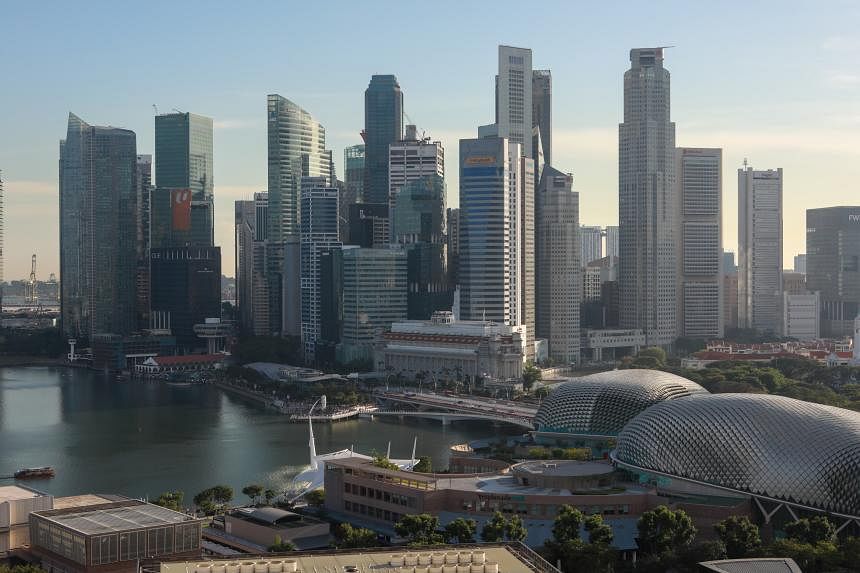SINGAPORE - Smaller businesses appear to have been in better shape in the third quarter than they were three months earlier, even if many remained in contraction, according to a report released on Tuesday.
An index on small and medium-sized enterprises (SMEs) compiled by OCBC Bank rose to 49.6 points in the three months to Sept 30, up from 49 points in the second quarter.
A reading below 50 indicates a deterioration in business activity relative to the same period a year ago, while a reading above 50 indicates an improvement.
The quarterly index is based on the transaction data of more than 100,000 SME customers in Singapore with annual sales turnover of up to $30 million. The index is based on a composite of six indicators – collections, payments, cash flow, credit and debit transactions, and balances.
The data also showed that the SMEs’ sales revenues and expenses continued to slip in the third quarter, amid sustained weakness in external demand.
Overall, the sectors that did best were the domestically focused ones, including food and beverage, education, retail, and building and construction, all of which continued to expand. Business services posted an even 50, neither growing nor shrinking.
OCBC global commercial banking head Linus Goh said: “These consumer-driven industries continue to enjoy healthy growth, buoyed by private consumption and a sustained recovery in international tourist arrivals.”
In contrast, the same few export-oriented segments, such as transport and logistics, and wholesale trade, along with information and communications technology (ICT), continued to shrink the most, he added.
The report said that these contributed to the drag on the overall performance of SMEs.
Looking ahead, the smaller-business segment is expected to stay slightly contractionary for the rest of the year as external headwinds persist, said Mr Goh.
Notably, the ongoing slowdown in global electronics and decline in factory output will constrain growth in manufacturing and the trade-related sectors, he said.
On the other hand, the consumer sectors will continue to give SMEs a boost, benefiting from inbound tourism and seasonal spending.
In OCBC’s separate SME Business Outlook survey, about half of the 1,400 business owners polled were optimistic that their businesses would do better in the next six months, said Mr Goh.
Another 38 per cent expected no change, while the remaining 13 per cent felt pessimistic about the near term, he noted.
However, SMEs on both ends of the sentiment spectrum, from the upbeat to the morose, face broadly similar challenges in the light of dislocations in the global economy, caused by factors such as geopolitics and supply-chain disruptions.
The shortage of manpower is one such challenge. This was cited by 44 per cent of respondents from the education segment as the biggest issue they expect to face in the near term.
Another common challenge is worsening inflation. Respondents from the building and construction industry, for instance, said that elevated prices of building materials and higher costs from the pickup in global construction activity will continue to hamper the sector.
The report also highlighted certain issues that are more specific to each export-oriented sector, such as the slump in the global shipping market, which has a direct impact on transport and logistics businesses; and the downturn in the technology sector, which exerts substantial downward pressure on ICT companies.
These sectors also vary in their near-term fortunes, with an anticipated increase in shipping capacity continuing to add to the current gloom of transport and logistics SMEs, whereas a majority of their ICT counterparts expect business conditions to improve.


